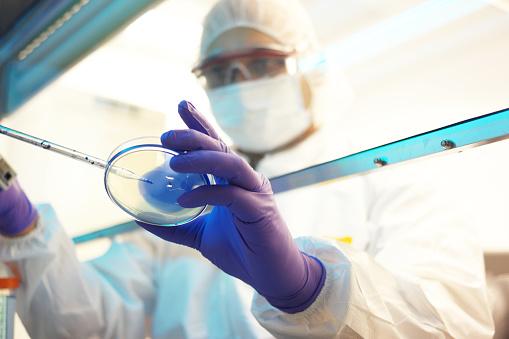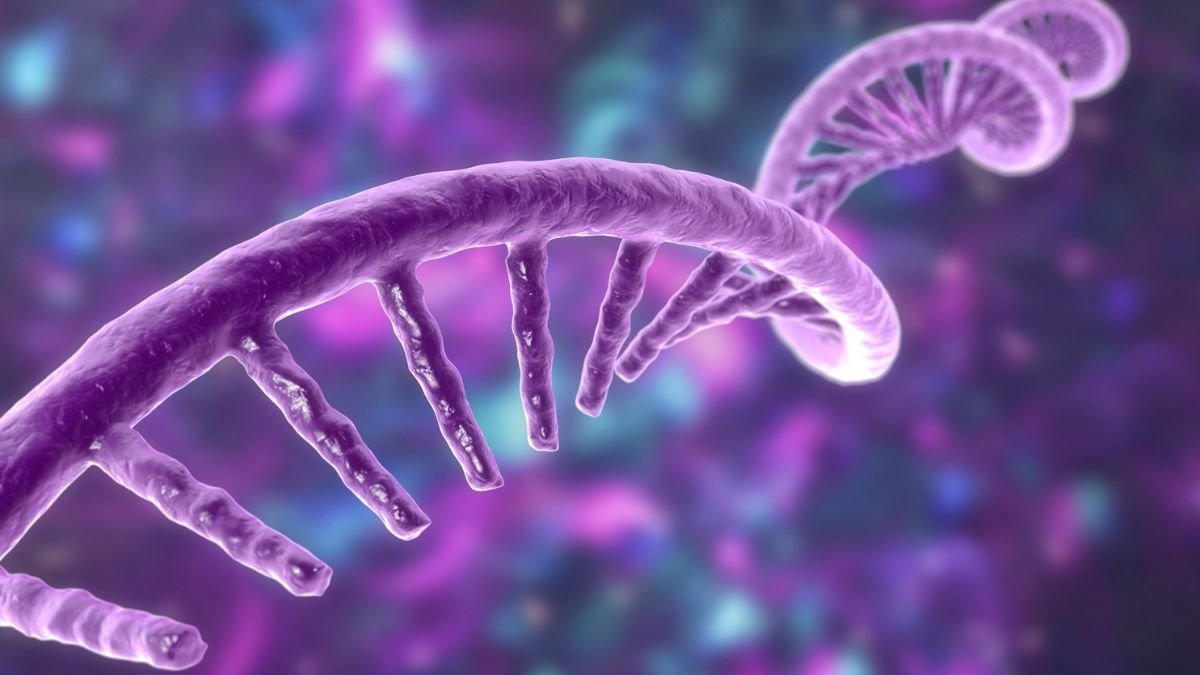Scientists from the University of New South Wales (UNSW) in Australia are investigating the theoretical original autocatalytic chemical system that self-replicates to create life on Earth, called the “prebiotic chemotone.” produced ribonucleotide building blocks similar to those that would exist in simple molecules in primitive conditions on our planet.
According to models proposed by Hungarian biochemist Tibor Gánti, before terrestrial life arose based on DNA, there was a type of molecule (ribonucleic acid (RNA)) that replicated itself and catalyzed other chemical reactions. Today’s question is to know How RNA components (ribonucleotides) formed on early Earth.
The first author of the new study, Quoc Phuong Tran, a PhD student in Prebiotic Chemistry at UNSW, published on The Conversation platform where he suggested: The formation of the first RNA occurred through autocatalytic reactions, in which one of the elements acts as a catalyst, speeding up the reaction itself..
Formose reaction and the beginning of life on Earth
Autocatalytic reactions are well known in the field of biology, where they play important roles in certain vital processes, such as controlling heart rate. A complex example of autocatalysis is the replication of life itself, in which a cell obtains nutrients and energy from the environment to form two new cells..
One of the best examples of an autocatalytic reaction that could occur on primitive Earth was the “Formose reaction” proposed by Russian chemist Nikolay Zelinsky in 1887. In it, a simple compound called glycolaldehyde (composed of hydrogen, carbon and oxygen) results in two cells after the addition of another simple compound called formaldehyde (Formose).
Although this chemical reaction involving the production of sugar from formaldehyde has some similarities with the so-called Power-Sutherland pathway (a theory that attempts to explain prebiotic synthesis), the connection between the two does not work because the Formose reaction is “non-prebiotic”. -selective”. So, in addition to real products, it also produces many useless molecules.
Adaptation of Formose to produce ribonucleotides

The innovation presented in this study, recently published in the journal Chemical Science, was the addition of another simple molecule, cyanamide, to the Formose reaction. This allows some of the resulting molecules to be “redirected” to produce ribonucleotides.
In fact, the new reaction didn’t produce very many building blocks, but those produced proved to be more stable and less subject to degradation.
To explain why no research to date has attempted to integrate Formose, 19th centuryPhuong Tran noted that many chemists for the production of ribonucleotides prioritize the purity of the final product and avoid complexity. But this reductionism could prevent a repeat of Earth’s turbulent conditions billions of years ago.
Is there anything you want to ask? Tell us on our social networks and get the opportunity to share the article with your friends who like these topics.
Source: Tec Mundo
I’m Blaine Morgan, an experienced journalist and writer with over 8 years of experience in the tech industry. My expertise lies in writing about technology news and trends, covering everything from cutting-edge gadgets to emerging software developments. I’ve written for several leading publications including Gadget Onus where I am an author.













